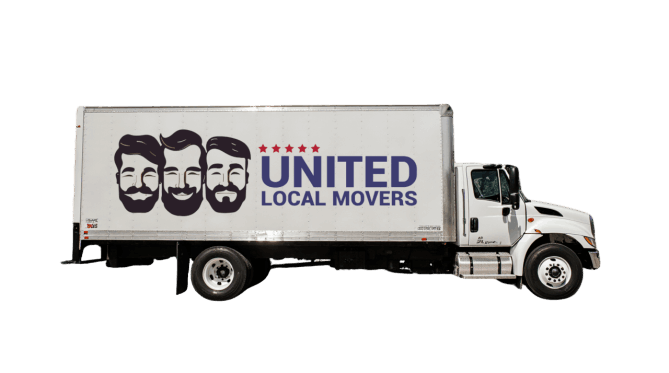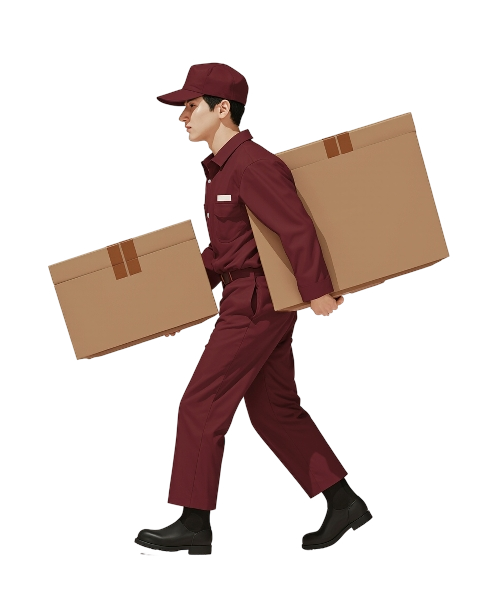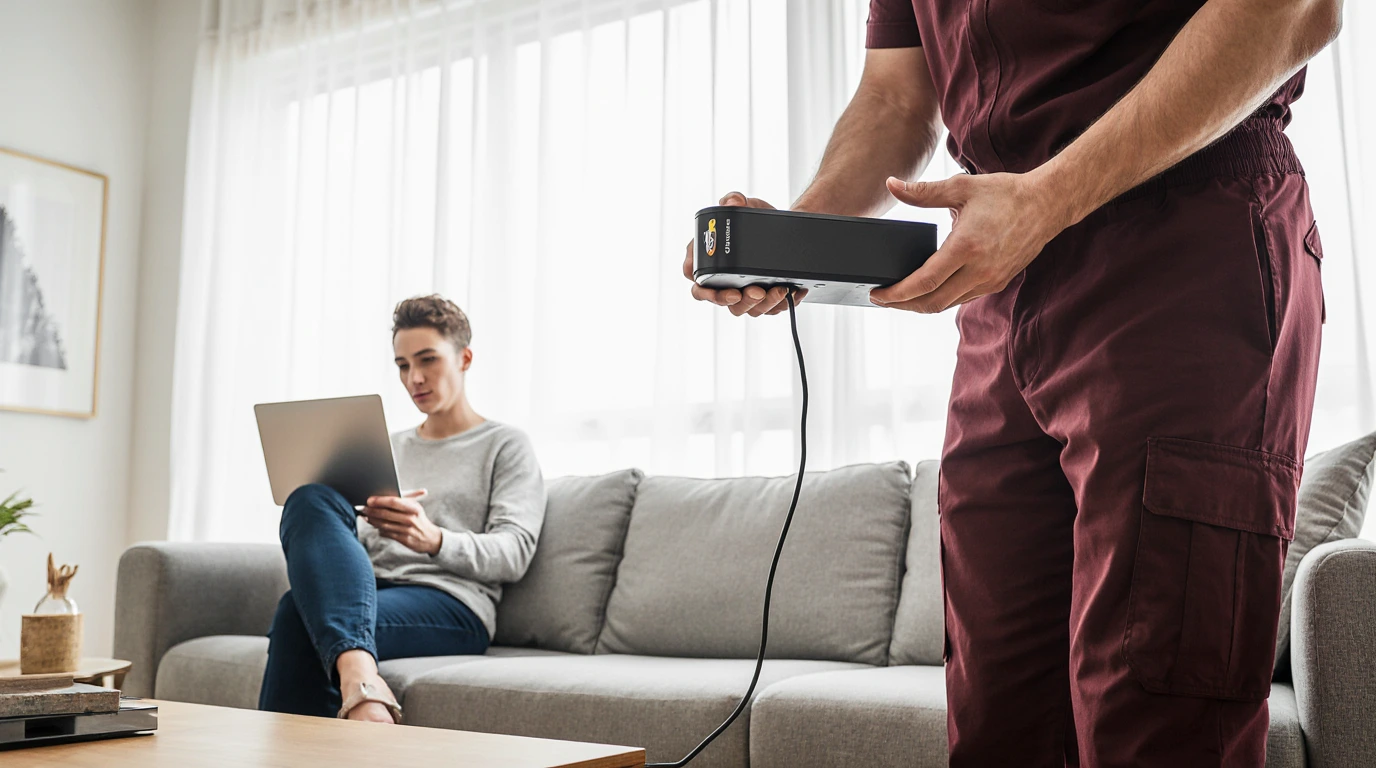One of the simplest but most effective ways to protect yourself during a move is by documenting the condition of your belongings with photos and videos. Accidents are rare with professional movers, but they can happen — and having clear evidence can make all the difference when filing a claim, resolving a dispute, or even just remembering how things looked before the move.
This extra 30 minutes before and after the move can save you time, stress, and potentially hundreds or thousands of dollars. Whether you’re hiring a professional moving company or doing it yourself, photo and video documentation is your best friend on moving day.
Why Documenting Condition Matters
Moving involves a lot of handling, lifting, stacking, and transporting. Even with the most careful team, there’s always some level of risk. Documenting your belongings gives you:
- 🧾 Proof of pre-move condition in case of damage
- 🧭 Reference for unpacking and reassembly
- 🛡️ Support for insurance or valuation claims
- ⚖️ Leverage in dispute resolution with a moving company
Without documentation, it can be difficult to prove when damage occurred — or even whether it existed before the move.
When to Take Photos and Videos
Timing is everything. You should document your belongings both before loading and after unloading:
- 📸 Before loading: Take photos of furniture, boxes, electronics, and fragile items in their original condition.
- 🚚 During transit (optional): Snap quick shots of how the truck is packed for your own records.
- 🏡 After unloading: Re-photograph the same items to verify their condition after the move.
Even short videos can provide a clear, timestamped record if anything is disputed later.
What to Photograph and Record
While it’s tempting to document everything, focusing on key items will save time and still give you solid coverage. Prioritize:
- 🪑 Large furniture: Sofas, tables, dressers, beds
- 📺 Electronics: TVs, monitors, speakers, gaming systems
- 🖼️ Fragile items: Mirrors, glass, artwork, ceramics
- 💻 Valuables: Computers, jewelry boxes, collectibles
- 📦 Boxes with fragile labels: Especially self-packed boxes
- 🚪 Walls, doors, floors: Especially at narrow entries where damage can happen
The goal is not to create a movie — just clear, focused, timestamped evidence.
How to Take Effective Documentation Photos
Not all photos are equal. Clear, well-angled photos will be more helpful than rushed or blurry shots. Follow these tips:
- 📱 Use a good smartphone or camera with a timestamp.
- 🔦 Take photos in natural light or with flash to show details.
- 📸 Capture multiple angles (front, side, close-up of any scratches or pre-existing marks).
- 🏷️ Include box labels or room names in the frame when possible.
- 📊 Store everything in a clearly labeled folder or album by room.
For example: “Living Room Couch – Before Move – 03/12/2025” makes it easy to find later.
Using Video for Extra Protection
Photos are great, but short videos can offer more context. A slow walkaround video shows both the item and its environment. Ideal scenarios for video:
- 🚪 Showing large furniture and walls to prove no damage at origin
- 📦 Recording entire room setups before loading
- 🚛 Capturing how movers wrapped and loaded high-value items
- 🏡 Filming post-move condition at the destination
Even 15–30 seconds per item can be powerful evidence if needed.
Labeling and Organizing Your Documentation
Unorganized files can be just as stressful as having no photos at all. To keep everything clear:
- 📁 Create folders by room (e.g., “Kitchen,” “Living Room”).
- 🕓 Sort files by date and time.
- 🏷️ Use consistent naming: “Before_Move” and “After_Move.”
- ☁️ Back up everything to the cloud in case your phone is lost or damaged.
If you ever need to file a claim, having clean, organized documentation makes the process much faster.
How Movers Use Documentation
Professional moving companies, including United Local Movers, often take their own photos or inventory as part of the move. When your documentation aligns with theirs, it helps:
- 🤝 Resolve claims faster
- 🧾 Confirm inventory accuracy
- 🛡️ Strengthen your position in case of a dispute
Sharing clear photos or pointing out pre-existing scratches can also build trust and avoid confusion.
Documenting Property Condition
Don’t forget to photograph your home itself as well as your belongings. Walls, doors, floors, and staircases are common damage points during moves. Take photos of:
- 🪜 Stair railings and steps
- 🚪 Door frames and corners
- 🏡 Entryways and hallways
- 🪞 Mirrors and fixtures near high-traffic areas
If damage happens during the move, these photos will help determine when it occurred.
Using Documentation for Insurance Claims
If something gets damaged, your photos and videos are crucial for valuation or insurance claims. Here’s how to use them effectively:
- 📩 Submit before-and-after photos with your claim.
- 📆 Include timestamps to prove the timeline.
- 📝 Reference the Bill of Lading and inventory numbers.
- 🤝 Cooperate with your moving company for faster resolution.
Most claims are resolved faster when clear evidence is available from both sides.
How Documentation Helps Prevent Problems
Ironically, having thorough documentation often prevents disputes altogether. Movers handle documented items more carefully, and customers feel more confident. Benefits include:
- 🧭 Less stress during and after the move
- 🧾 Clear records of condition
- 🧑⚖️ Stronger legal standing if needed
- 📦 Easier unpacking and organizing
It’s one of the lowest-effort, highest-reward steps you can take on moving day.
Tips for a Fast and Efficient Documentation Routine
- 🚀 Start documentation the day before your move.
- 📷 Keep your phone charger handy — videos can drain battery quickly.
- 💬 Involve a family member or friend to speed up the process.
- 📊 Focus on high-value and fragile items first.
- 🧭 Keep documentation organized in real time.
Done right, a full-home documentation routine can take under an hour and save you countless headaches later.
Working With a Professional Mover
When you work with a professional company like United Local Movers, they can help align their own documentation with yours. This creates a transparent record that benefits everyone — and helps you feel secure knowing your belongings are handled with care.
Protecting Your Move With Smart Documentation
Documenting your belongings with photos and videos is one of the simplest, smartest moving strategies out there. It takes very little time, but provides powerful protection, clarity, and peace of mind.
With United Local Movers, your relocation becomes safer, faster, and stress-free — backed by clear documentation every step of the way.





